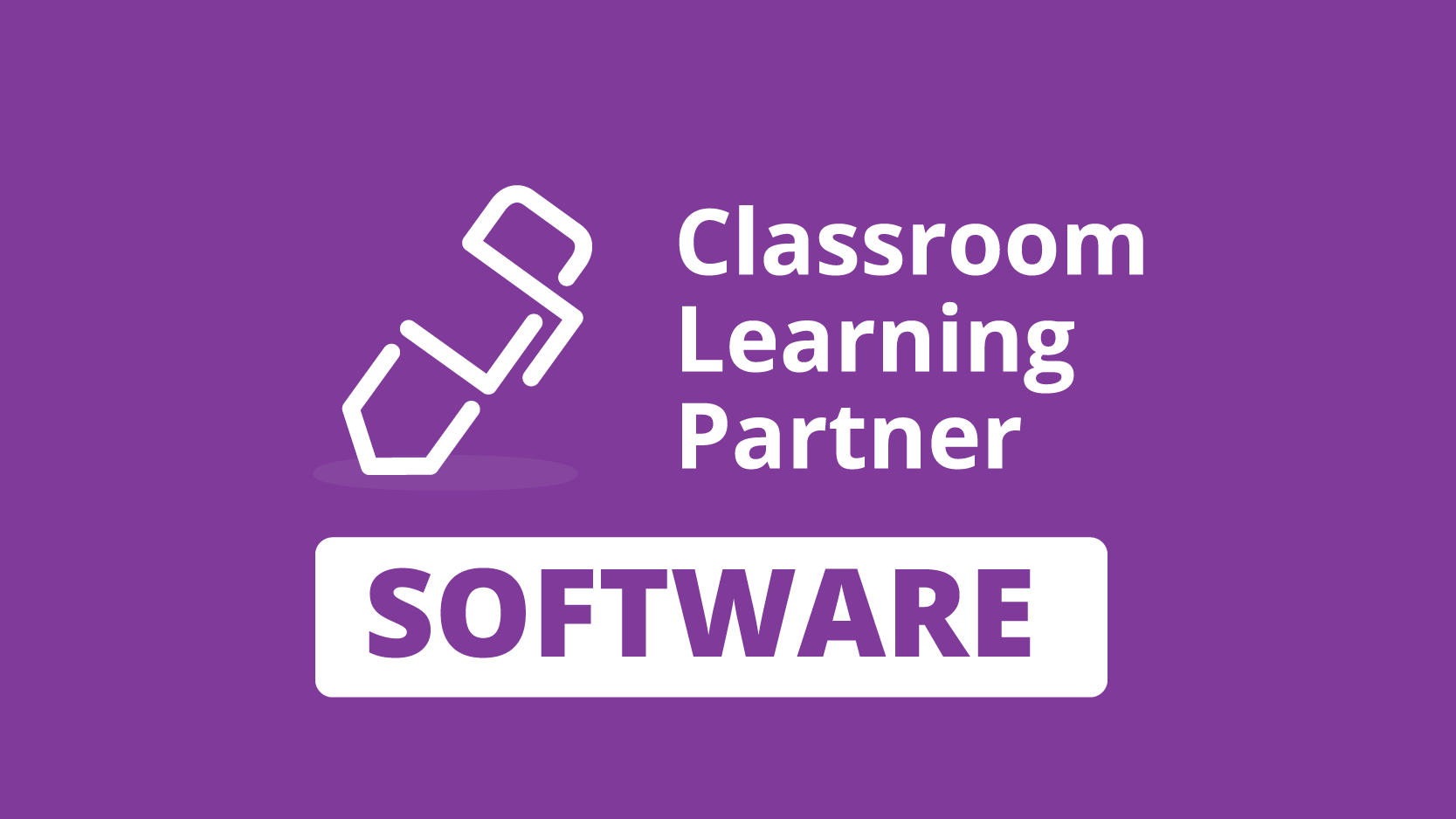Classroom Learning Partner (CLP) is a tablet-based classroom interaction system organized around the idea of an electronic notebook in which students work in-class exercises using a combination of freehand drawing and digital tools and wirelessly submit their work to their teacher. The supported teaching methodology is similar to that employed when using wireless polling systems, but instead of answering questions by choosing from a set of supplied possible answers, CLP enables students to draw, write, and create visual representations using a tablet pen. CLP also includes machine analysis routines that reveal student thinking by automatically analyzing visual representations created using CLP’s digital tools.
CLP was originally developed as part of the MIT-Microsoft iCampus initiative. In four studies in MIT’s introductory computer science class, 6.001, we found that tablet-PC-based classroom systems such as CLP:
- increase student focus and attentiveness in class
- provide immediate feedback to students and instructors about student understanding
- enable instructors to adjust course material in real time based on student answers to in-class-exercises
- increase student satisfaction
We have found that CLP can be used successfully in K-12 classrooms, and the recent NSF-sponsored INK-12 and TMA projects, which use CLP as their software infrastructure, have validated the above findings in elementary mathematics classrooms and added to our understanding of how students learn using visual representations.
Read our papers










